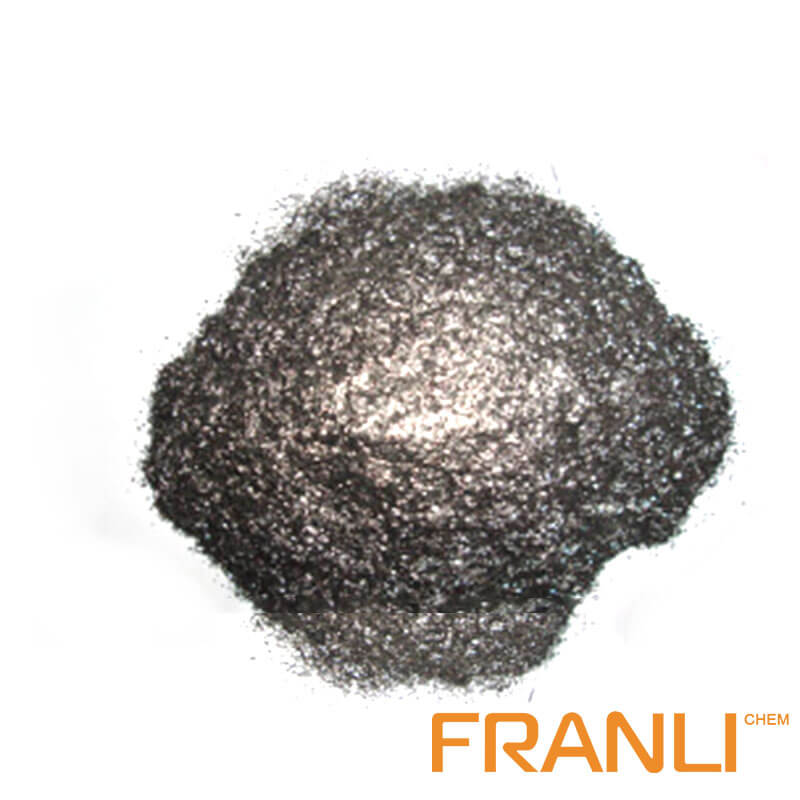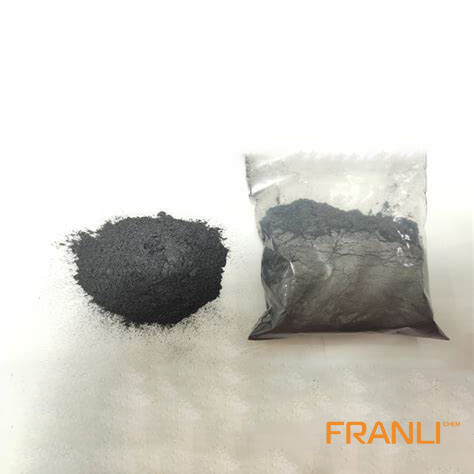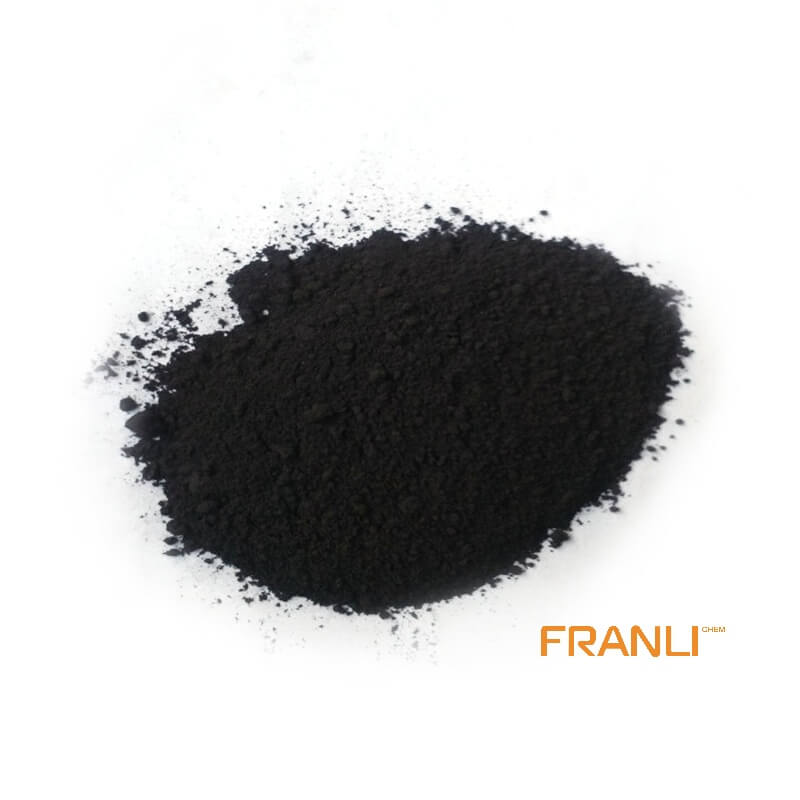


Flake Graphite
Size
0.01mm
Carbon Content
99%min
Package
25kg small bags into ton bags
Origin
China
Features
thermal shock resistance, lubricity, conductivity and plasticity…
Application
Lead battery plates positive and negative conductive agent, lithium batteries nickel hydrogen etc
Natural flake graphite has superior physical and chemical properties and is widely used in metallurgy, coatings and refractory industries. It is an important non-metallic raw material that is indispensable for today’s high-tech. Flake graphite is divided into large flake graphite and fine flake graphite according to the size of its scales. Usually, large flakes refer to +32 mesh, +50 mesh, +80 mesh, and +100 mesh flake graphite.
Request a quote
The conductivity of flake graphite is 100 times higher than that of general non-metallic minerals. It is a conductive material with a wide range of applications. Among them, lithium ion batteries work by using the conductivity of flake graphite powder.
Flake graphite is a non-metallic mineral with complete crystallization, thin flake and good toughness. It has excellent physical and chemical properties, such as high temperature resistance, oxidation resistance, corrosion resistance, strong thermal conductivity and electrical conductivity.The conductivity of flake graphite is 100 times higher than that of general non-metallic minerals. It is a conductive material with a wide range of applications. Among them, lithium ion batteries work by using the conductivity of flake graphite powder.

Among the lithium ion battery materials, the negative electrode material is the key to determine the battery performance. As a kind of graphite material with high crystallinity, the particle size of flake graphite directly affects the specific surface area of the electrode and the proportion of edge carbon atoms, which has a great impact on the irreversible specific capacity at the first charge, so flake graphite plays an important role in the battery.
Flake graphite has many advantages, such as high electronic conductivity, large lithium ion diffusion coefficient, high embedding capacity and low embedding potential, so flake graphite is one of the most important materials for lithium batteries.
Flake graphite can stabilize the voltage of lithium battery, reduce the internal resistance in lithium battery, and make the storage time of power in battery long. Increase battery utilization time.
Flake graphite can reduce the amount of flake graphite powder in lithium battery and greatly reduce the battery cost.
In conclusion, for lithium-ion batteries, flake graphite can not only prolong the service time of the battery, promote stable voltage, enhance conductivity, but also reduce the cost of the battery.

China’s flake graphite production is mainly concentrated in Heilongjiang, Shandong and Inner Mongolia. Heilongjiang is the largest deposit area of crystalline graphite in China and the largest flake graphite production area in China so far. Recently, the flake graphite production of Heilongjiang accounted for 67% of the total output of the country. The output of flake graphite in Shandong and Inner Mongolia accounts for about 16% and 7% of the total output in China.
In recent three years, China’s imports of natural flake graphite have increased significantly, reaching 191900 tons in 2019; The export volume decreased year by year, falling to 114300 tons in this year. China has a huge demand for graphite, reduced domestic production capacity and a large number of new projects in Africa. In 2019, China has become a net importer of natural flake graphite.
China’s flake graphite industry is large but not strong. At present, it still focuses on raw materials and primary processed products, and there are some problems, such as backward mining and benefication process, weak technological innovation ability, environmental damage, resource waste and so on.
With the strengthening of the supervision of the competent authorities on the graphite industry, the downstream of flake graphite will tilt to emerging fields in the future, which is expected to be applied in the fields of computer chip manufacturing, graphene lithium battery and graphene super capacitor.



